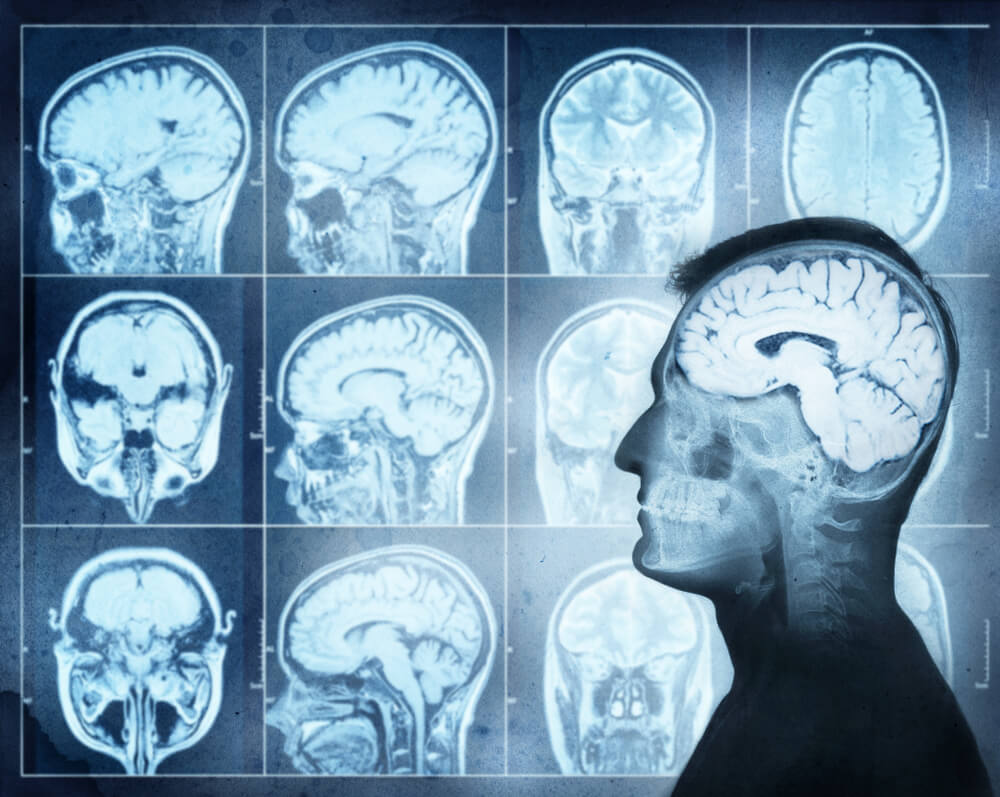Everything we are is there, in this fascinating and complex organ that, in turn, reflects our evolutionary success as a species. We are talking, of course, about the human brain and all the functions of our brain lobes, in which our consciousness is installed, language, memory are articulated, emotions are regulated and countless more processes occur.
Antonio Damasio, the celebrated Portuguese neurologist, explains in his book In Search of Espinosa that the brain is more than just a cluster of neurons, in fact, even the classic metaphor we use to compare this organ with a computer seems short. and each of its structures are the direct result of our constant interaction with the environment.
Does the brain produce shapes?. – Paul Cézanne-
We are what we see, what we feel, what we experience and how we react to every stimulus and circumstance, the brain is shaping with each experiment and it is precisely the brain lobes that facilitate each process the most according to its characteristics. and understanding each of the processes they usually perform will help us to have a richer and more complete view of this organ.
When we think of the lobes of the brain, we can make the mistake of imagining a number of structures separated or differentiated from each other, well, it is important to note that there are no intermediate barriers and that the four large areas that make up the Brain Lobes always function in harmony, connected and sharing information constantly.
On the other hand, the fact that each brain lobe has a number of characteristics does not mean that each structure almost “exclusively” controls a particular task. Many activities and processes overlap in different regions of the brain.
Therefore, the functioning of one region cannot occur effectively without the presence of another. In this way, sometimes brain damage caused in a specific area can be compensated with what other regions can achieve more or less effectively.
In addition, sometimes even the researchers themselves debate among themselves the exact moment when a wolf begins and another wolf ends, on the other hand, what is almost noticeable with the naked eye are the two hemispheres: the right and the left.
From there, we can know that each of the four lobes that make up the brain crosses both hemispheres, so neurologists usually speak more specifically about the left frontal lobe, the right frontal lobe, etc. So let’s look at the characteristics of each brain lobe.
The frontal lobes are the essence of the result of our evolution, located at the front of the head, just below the frontal bones of the skull and near the forehead, constitute the most refined region of our brain, the one that took the longest. time to evolve and appear Among the various tasks you can perform are:
Among the 4 cerebral lobes, the occipucio is the smallest and at the same time the most interesting, it is close to the neck and does not perform any specific function, it is almost like the route by which most of our mental processes are organized and organized. Connected.
Almost attached to the sien and on both sides of our brain are the lobes that also regulate a lot of processes. As we have seen so far, it is very difficult to associate each of these structures with a single specialized function. each other, they are all connected and promote perfect harmony in which temporal lobes also perform essential tasks:
We talk throughout the article that our brains are organized into four wolves, from a neuroanatomical point of view there are many studies that speak of a fifth region, we are talking about the insula, a lobe hidden just below the temporal, frontal and parietal. Lobes it is a very remote area with complex access located between several blood vessels and arteries.
Its functions are not exactly known. However, different processes and changes have been observed in patients with epilepsy who have different damage to this structure; they would participate, for example, in the sense of taste, visceral control and somato-perception, and would also be linked to our emotional processes. integrating the limbic system.
In conclusion, as you can see, brain lobes are a fascinating map of processes and connections where it is very difficult to establish functional limits, perhaps the most interesting of all is the frontal lobe, since it is in charge of executive functions that undoubtedly represent a advance in our species. In fact, it is based on processes as important as the planning or control of stimuli. In any case, there’s one thing we can’t forget either: does our brain keep evolving?

